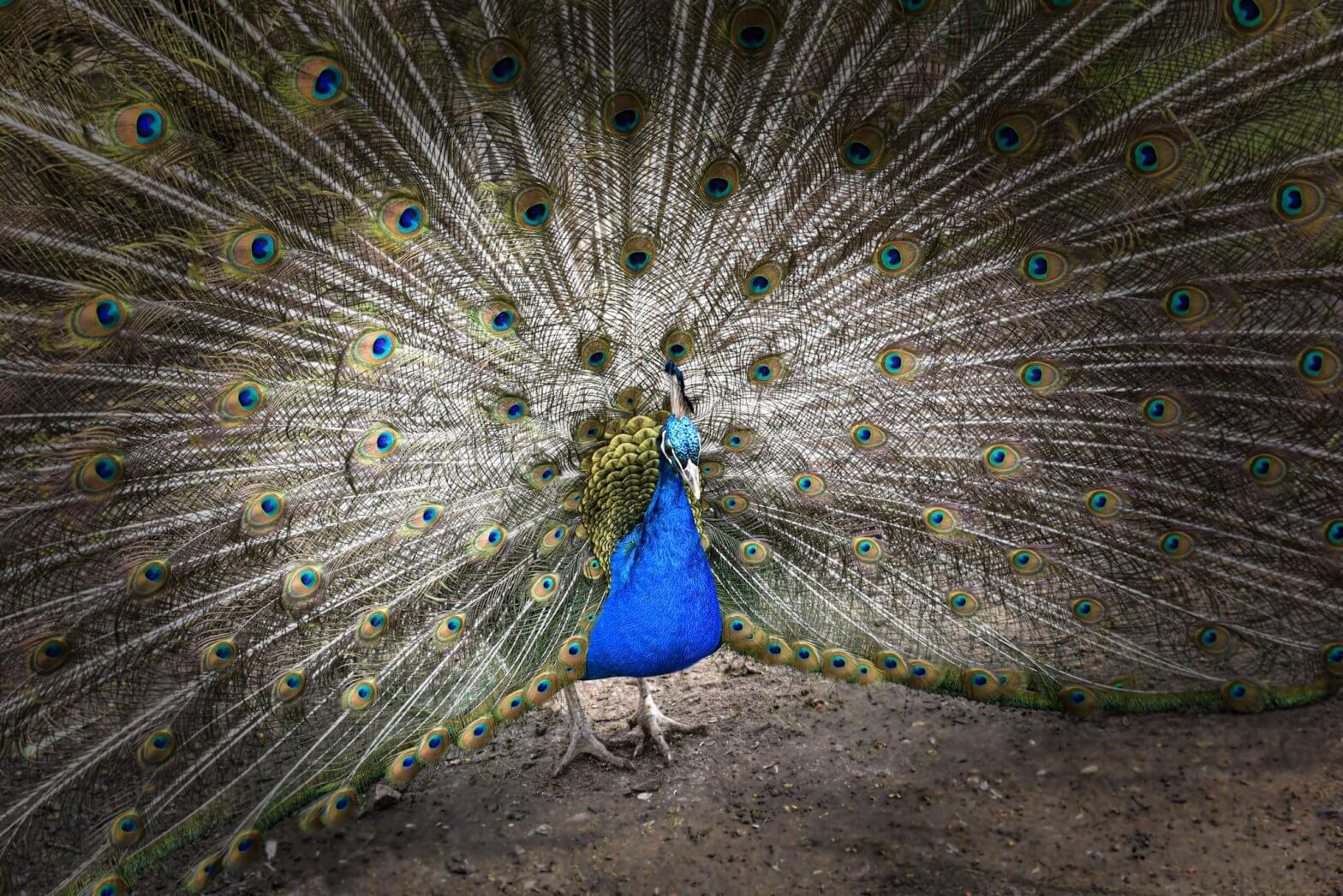Our animals at the Children’s Zoo are a varied bunch. Aside from the obvious peacocks and donkeys, we think you’ll be surprised at the number of different animals we have at Walton Hall and Gardens.
Of course, everyone loves our alpaca amigos, Jim, Topaz and Mally. They’re famous around these parts and are often available for alpaca walks. Then there’s our friendly donkey duo, Lenny and Charlie. There are rabbits and ferrets, red squirrels (of course), but also one or two animals that may surprise you. So, without further ado, meet the animals at our zoo…

Degu
These little cuties are found in the forested areas of Chile, in South America. They live in groups of up to 90 and dig extensive burrows by forming a ‘digging chain’ – that’s a lot of degus. We don’t have that many though – see if you can spot or degus next time you visit.
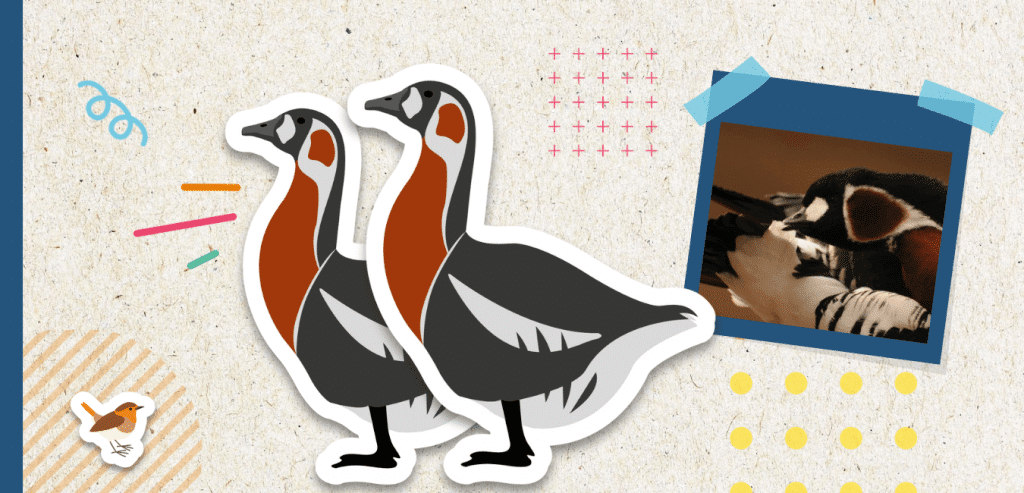
Red breasted goose
These small, pretty geese aren’t resident to the UK, although they can occasionally turn up with flocks of Barnacle Geese. Sadly, due to excessive hunting in Romania and Bulgaria, red-breasted geese are now endangered.
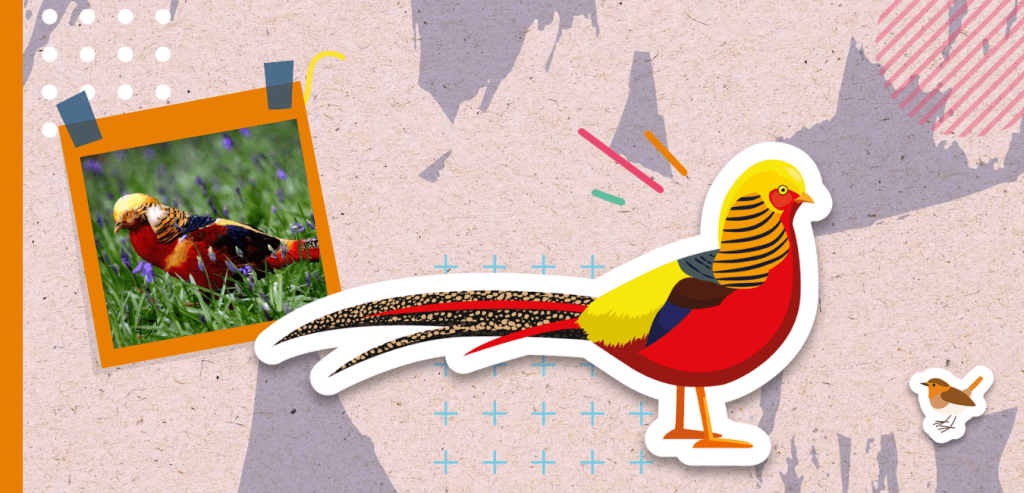
Golden pheasant
Golden Pheasants are native to the forests of China. They spend most of their time on the ground because they’re clumsy fliers. At night, they roost high up in the trees.
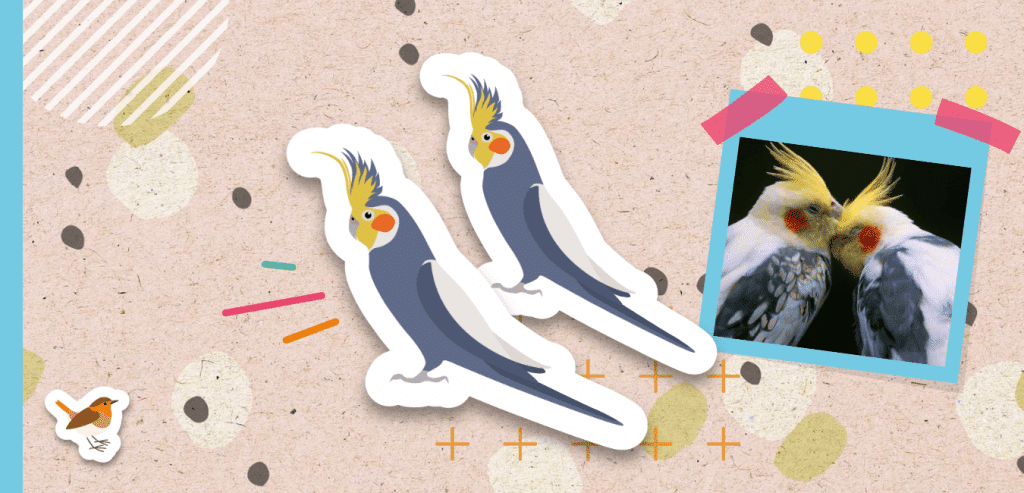
Cockatiel
Native to Australia, cockatiels live in huge flocks in the wild. Did you know that when kept as pets, cockatiels are very good at mimicking telephones?
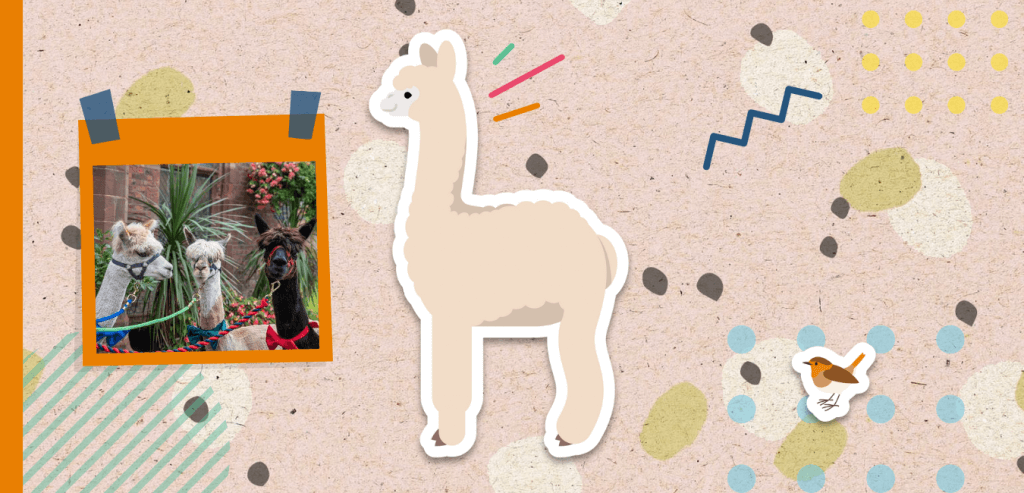
Alpaca
Loved by the Inca, Alpaca have existed in South America for around 6000 years. Our three amigos aren’t that old though…they arrived with us in 2015. You knew that you could adopt these furry cuties, didn’t you?
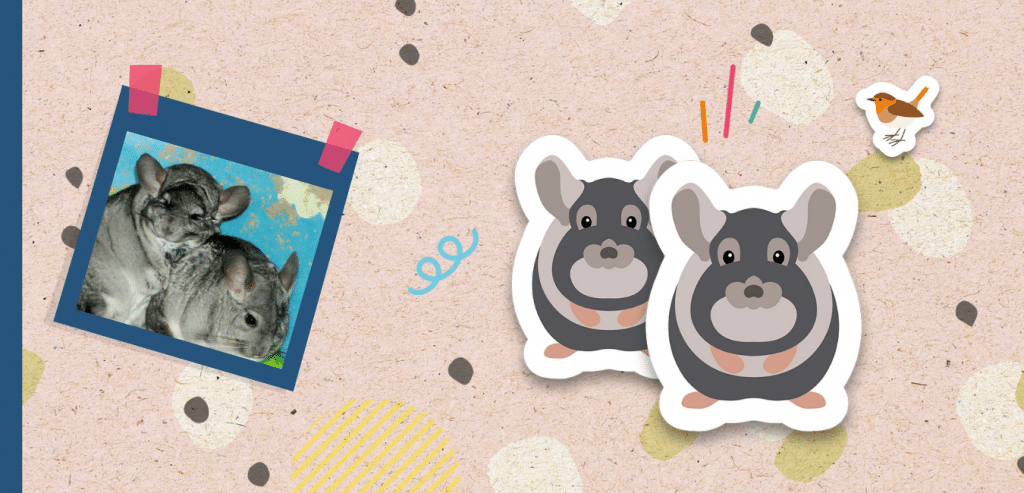
Chinchilla
The name chinchilla originates from the Chincha Indians, who domesticated these lovely animals for their fur. It would have taken up 100 chinchilla for the Chincha Indians to make just one cloak. But don’t worry – we keep them because they’re cute.
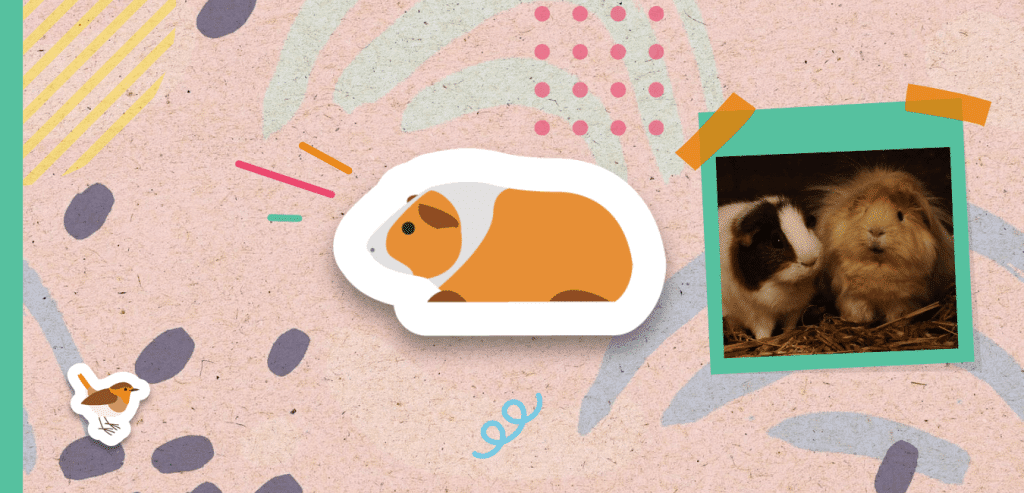
Guinea pig
Did you know that Guinea pigs are hystricomorph rodents? They’re related to chinchillas and porcupines that originated from South America. In fact, they’re not pigs at all; they’re part of the rodent family!
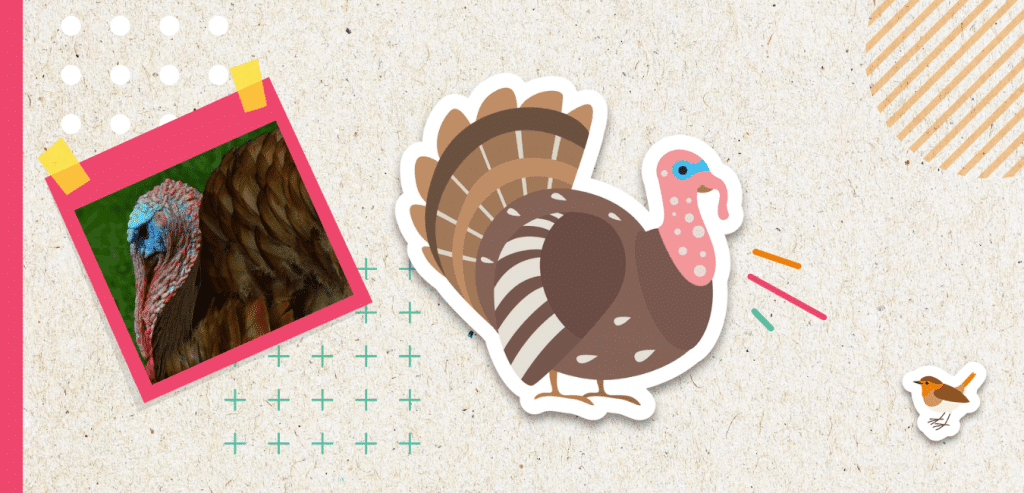
Turkey
Turkeys belong to the same family as pheasant and grouse and originate from America, where they lived in woodland before being domesticated. The three turkey breeds at our zoo are Bourbon Red, Royal Palm and Bronze.
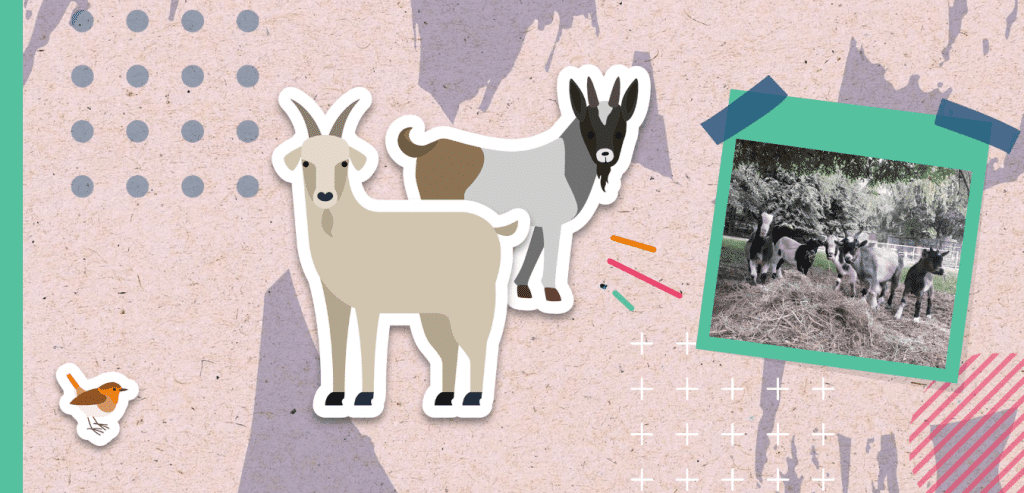
African pygmy goats
These little goats live in the mountains of Africa. They’re very agile and can quickly scale steep mountainsides to make a quick escape from predators. Our brood is no different. They love nothing more than climbing an old slide!
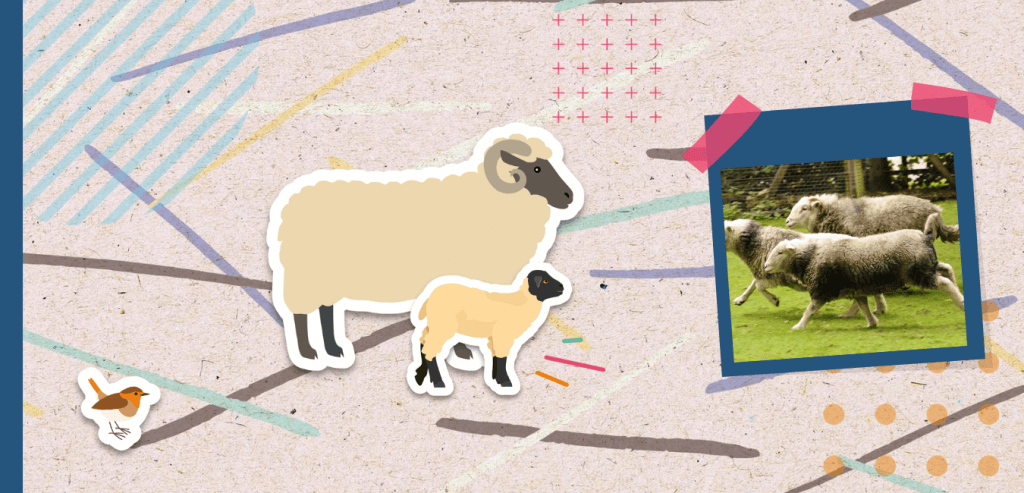
Herdwick sheep
The word ‘Herdwyck’ means sheep pasture, with the name recorded in documents as far back as the 12th century. Our native sheep, you’ll typically find Herdwick sheep on the mountainsides in the Lake District.
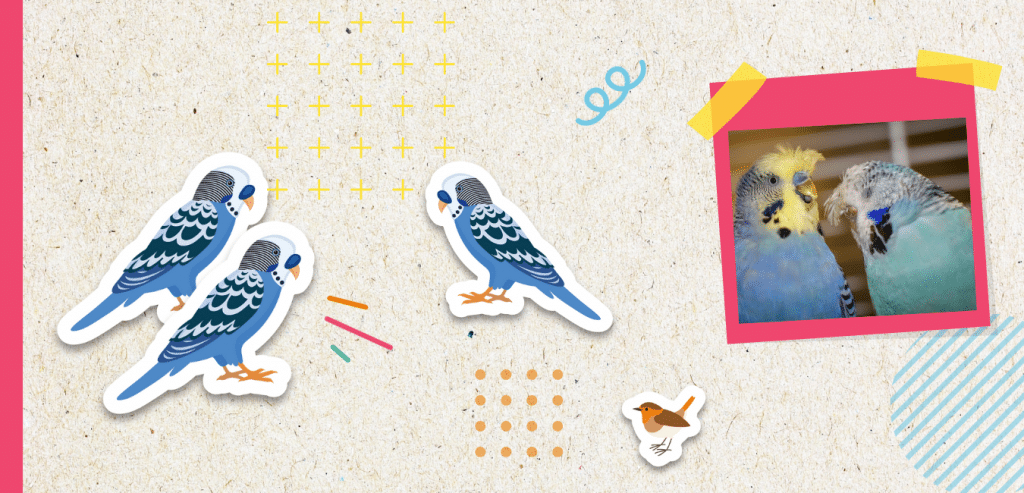
Budgerigar
Did you know that the word budgerigar is an Aboriginal word meaning ‘Good Eating!’ But don’t worry, that’s not the kind of thing we do here. Native to Australia, the budgerigar is a very popular pet.
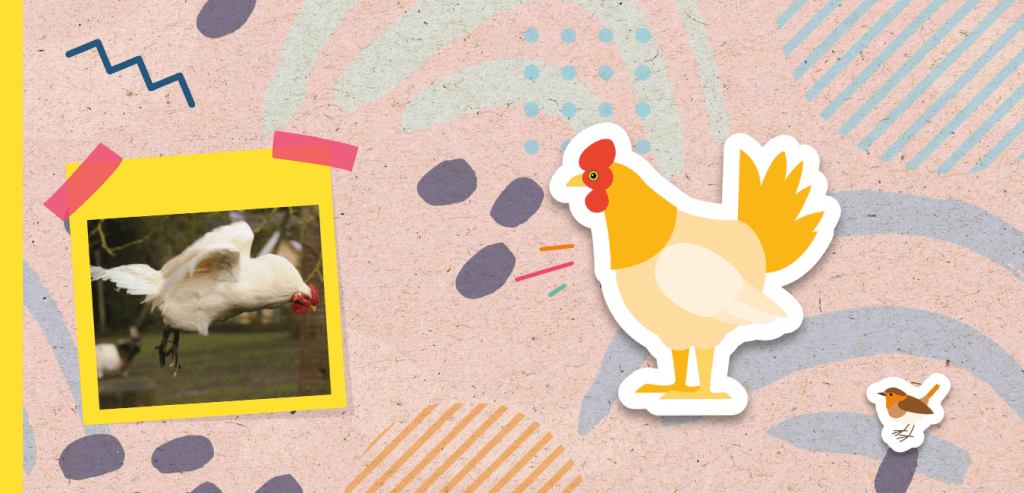
Malaysian serama
Did you know that in Malaysia, these chickens are common and are often kept as pets and preferred over cats and dogs! They are sometimes referred to as a pygmy chicken or ayam cantik – which means pretty chicken.
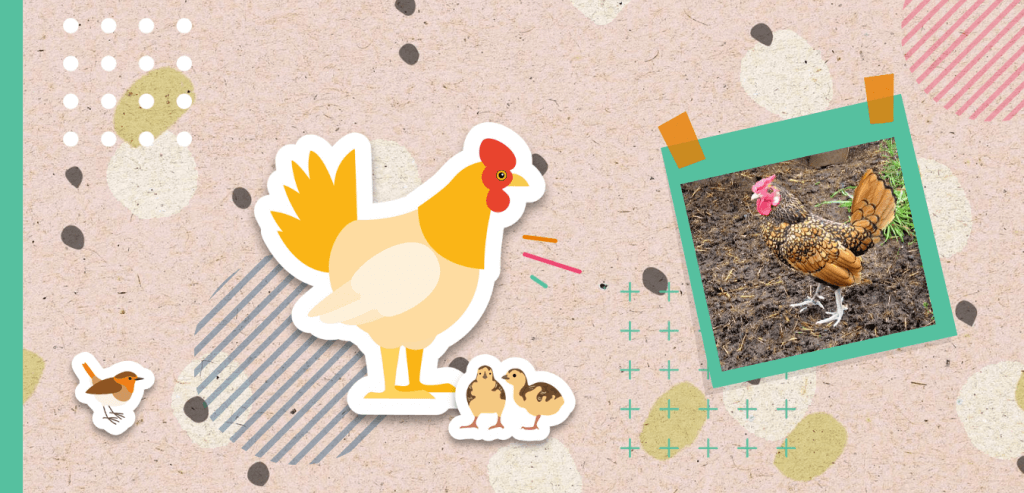
Sebright bantam
Sebright bantams were developed in Herfordshire in 1800s, by MP Sir John Sebright. They’re known as a true bantam which means there’s no larger version.
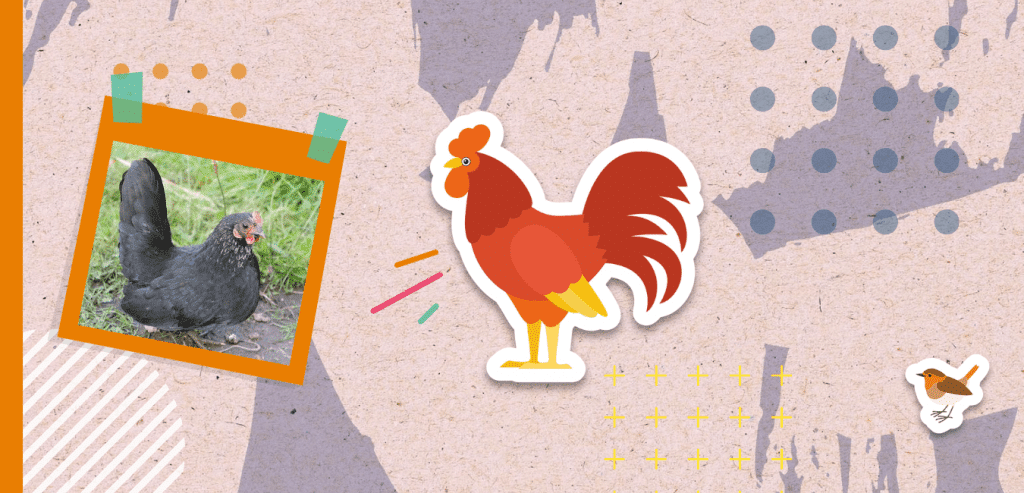
Peking bantam
Peking bantam chickens have a reputation for being docile, which makes them excellent ‘back garden’ chickens. They’re also very broody, which makes them super parents.
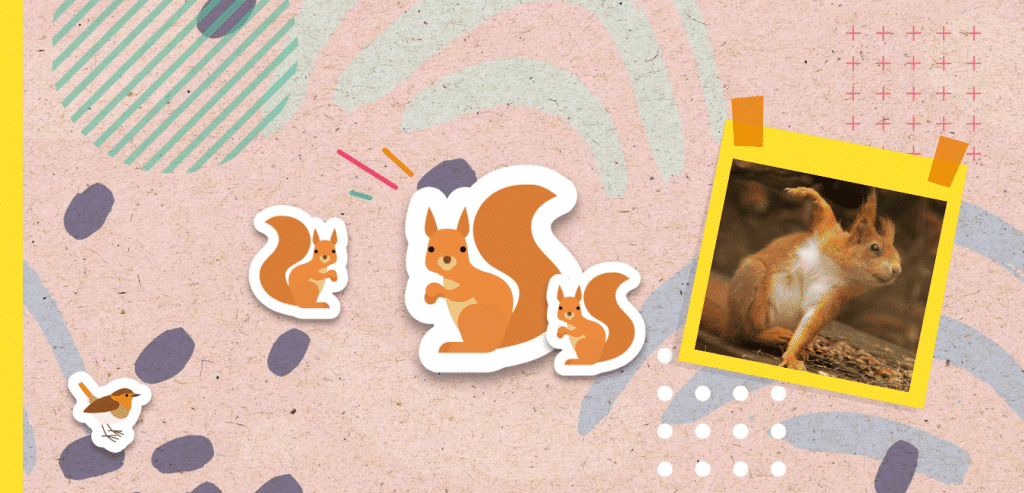
Red squirrel
We think it’s safe to say that red squirrels are probably one of the most popular animals at the Children’s Zoo. But, did you know that at 13 weeks, the parents will chase away the grown-up offspring so that they can prepare for the next litter. Fancy that.
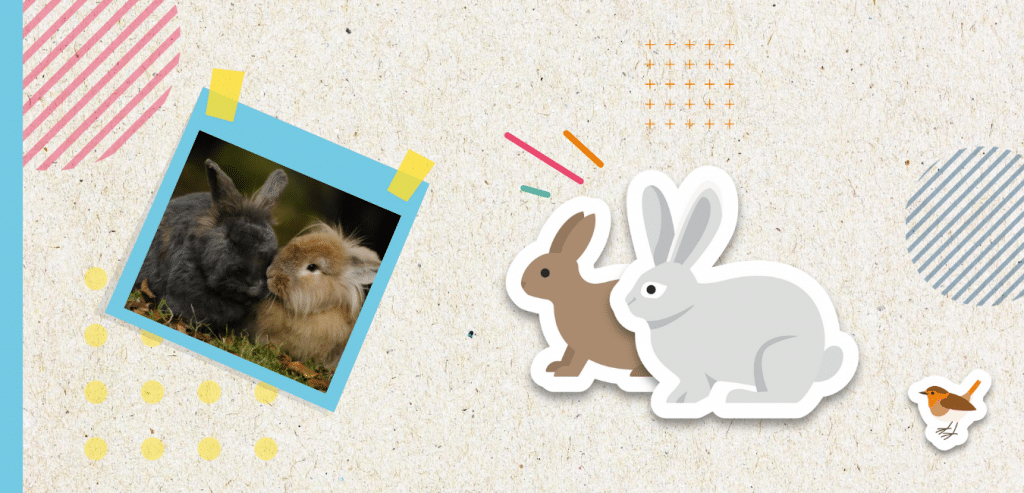
Rabbits
All the rabbits at the Children’s Zoo are rescue ones, mostly from households who can no longer look after them. Our rabbits live apart from each other because once rabbits reach maturity, they rarely accept another rabbit and can have nasty fights.
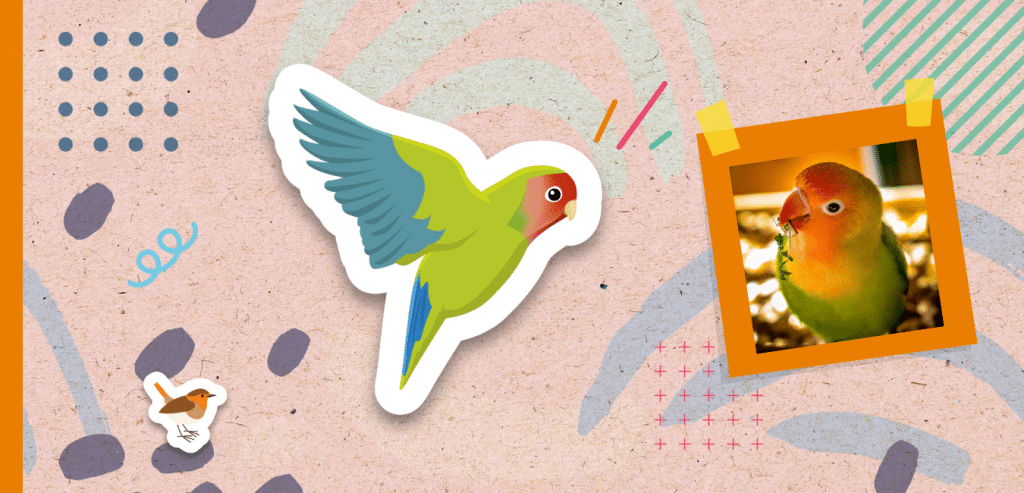
Lovebirds
Lovebirds pair for life and like nothing more than a cuddle on their perch. Not surprising, given their name. And if that wasn’t cute enough, the male often feeds the female.
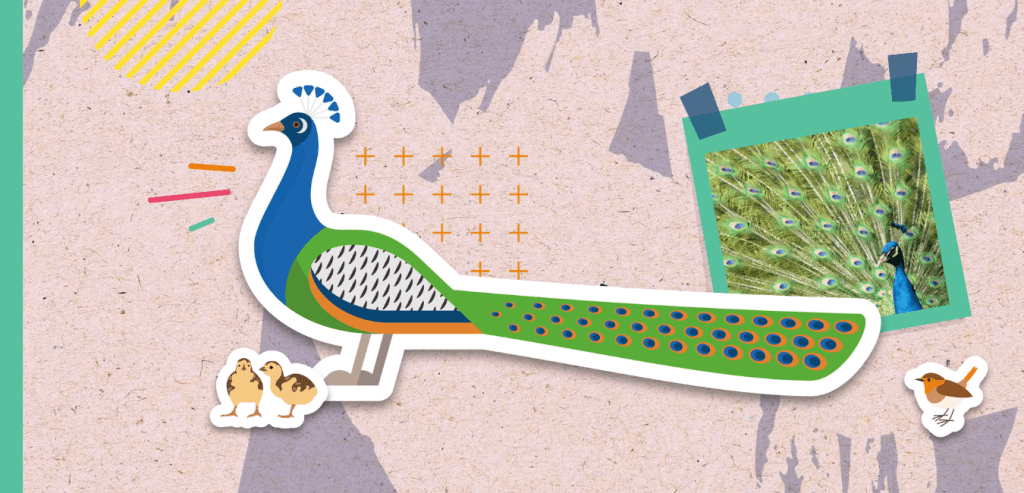
Peacocks
We have several peacocks that roam around the Children’s Zoo, with the males almost always ready to show off their spectacular tail displays. Though majestic, they do walk about the zoo as if they own the place (perhaps they do). See if you can spot our all-white peacock.
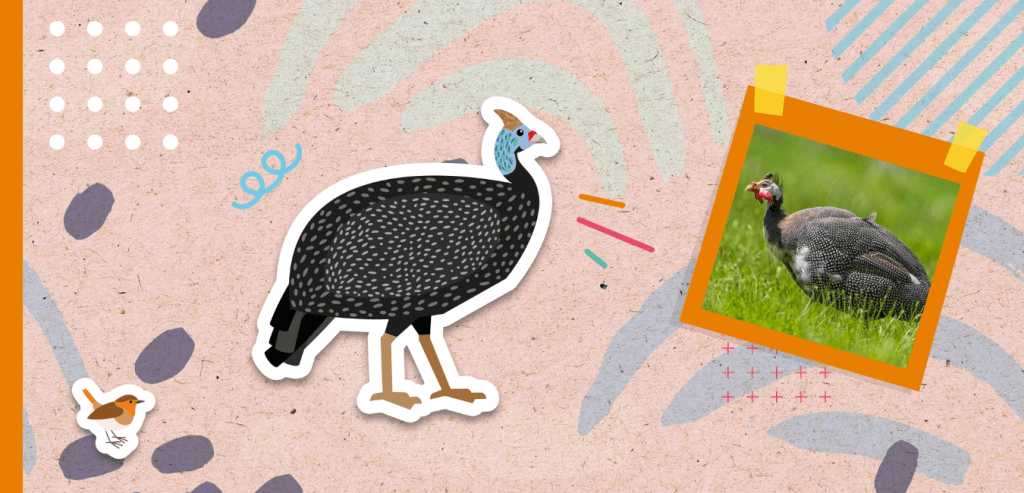
Guinea fowl
Guinea fowl are classed as a game bird and live in large groups, and like nothing better than roaming around eating. Not known for their intelligence, the guinea fowl inside our zoo will often forget that they can fly over the zoo fences! Which is just as well, they’re a beautiful bird.
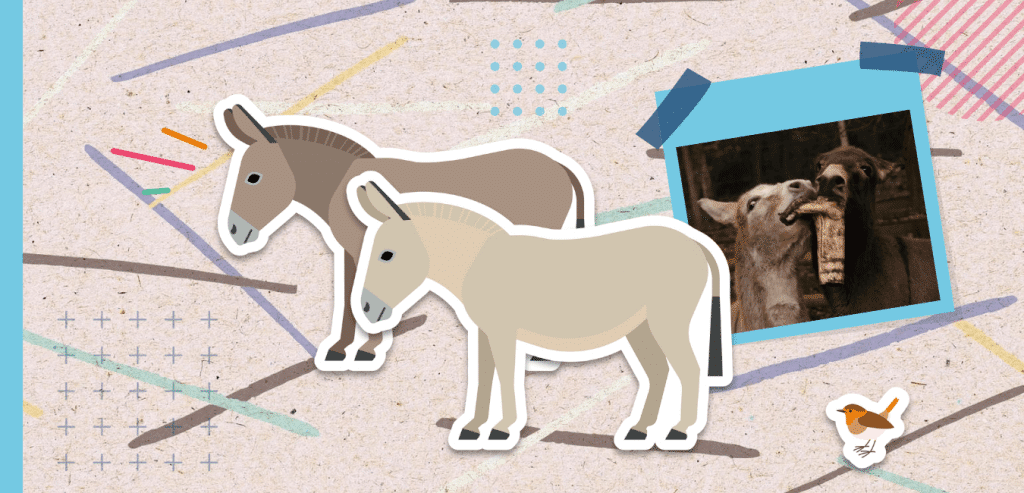
Donkeys
Lenny and Charlie came to us from the Donkey Sanctuary foster scheme in 2015. They’re firm favourites with visitors and love nothing more than chasing each other trying to catch the other’s tail. Take a look at our Children’s Zoo gallery if you don’t believe us!
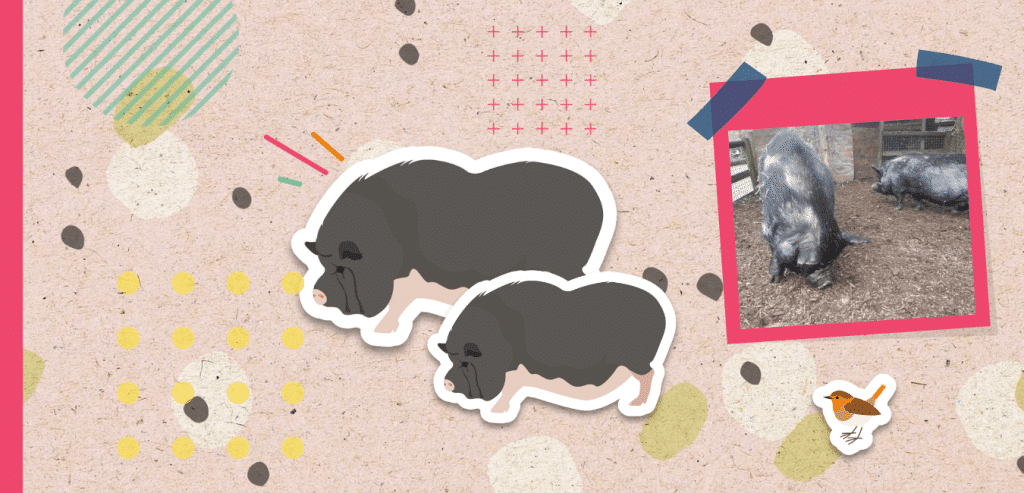
Potbellied pigs
In the jungles of Vietnam, potbellied pigs are able to blend in with the undergrowth. Pretty handy given that they’re a tasty dinner for jaguars. But don’t worry, there are no jaguars at our zoo. The only thing Missy and Peppa have to worry about is their next meal.
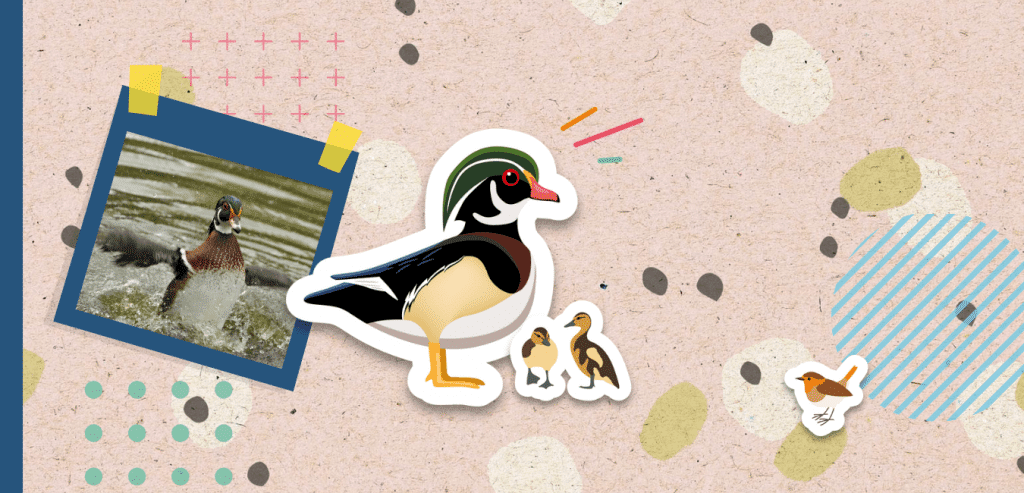
Carolina ducks
The Carolina duck is not your average looking duck! They’re a colourful duck and are native to North America (the name might be a give-away). They’re known as a wood duck by some because they nest in holes of trees above the ground. The chicks jump from the nest the day after they hatch – they’re so light they just float down to the ground.
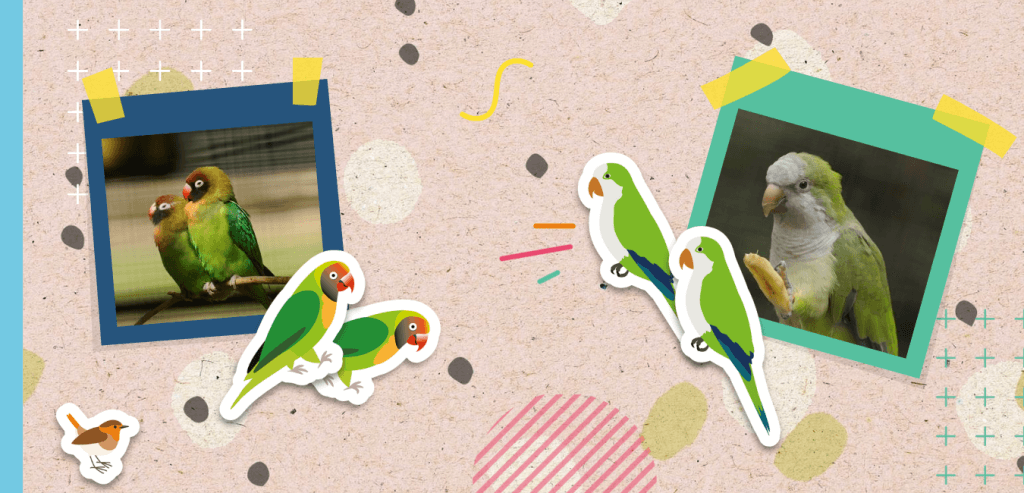
Nanday condure and monk parakeet
Now we come to the most colourful animals at the Children’s Zoo. We have some exciting parakeets at Walton Hall and Gardens Children’s Zoo. The nanday condure is an amiable bird, loving to interact with people. Warning though – they have an ear-piercing screech. The monk parakeet is a little quieter and is the only parrot to build its nest from sticks!
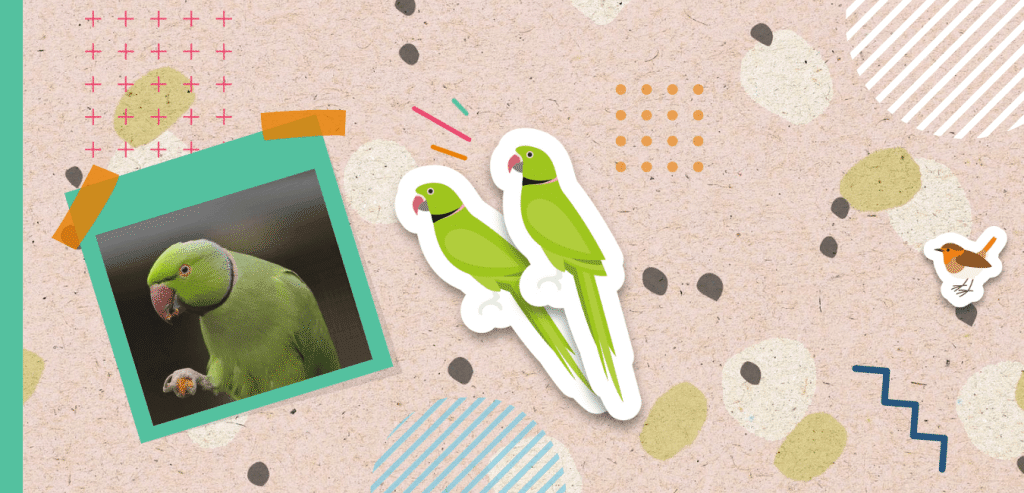
Ring-necked parakeet
You’ll see several ring-necked parakeets in the wild around Walton Hall and Gardens in the trees behind the Children’s Zoo. Keep an eye out for specks of green flashing from tree to tree. You’ll probably hear them before you see them. They are now a naturalised parrot in the UK, though we do have a pair inside the Children’s Zoo.
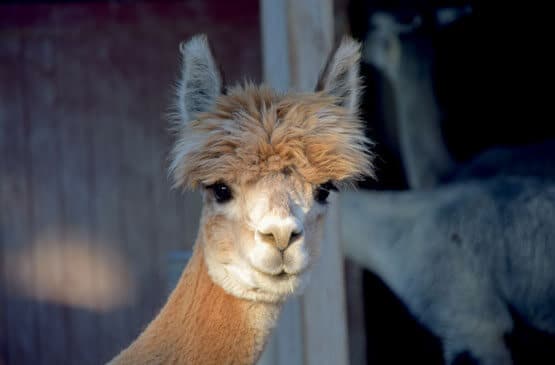
Animal Adoption
We invest your adoption money into ‘luxury’ items for the Children’s Zoo – particularly things we wouldn’t usually be able to afford. Your kind donations have provided shelter for the alpacas, Herdwick sheep and ornamental waterfowl. We’ve also purchased squirrel sheds, an incubator, rugs and a harness for the donkeys, as well as a set of ornamental entrance gates. The lovebird aviary, feeding troughs and veterinary scales are all further proof of your outstanding generosity. Our animals salute you.
For more information about how Walton Hall and Gardens and Warrington Borough Council use your information, please see our privacy notice.
